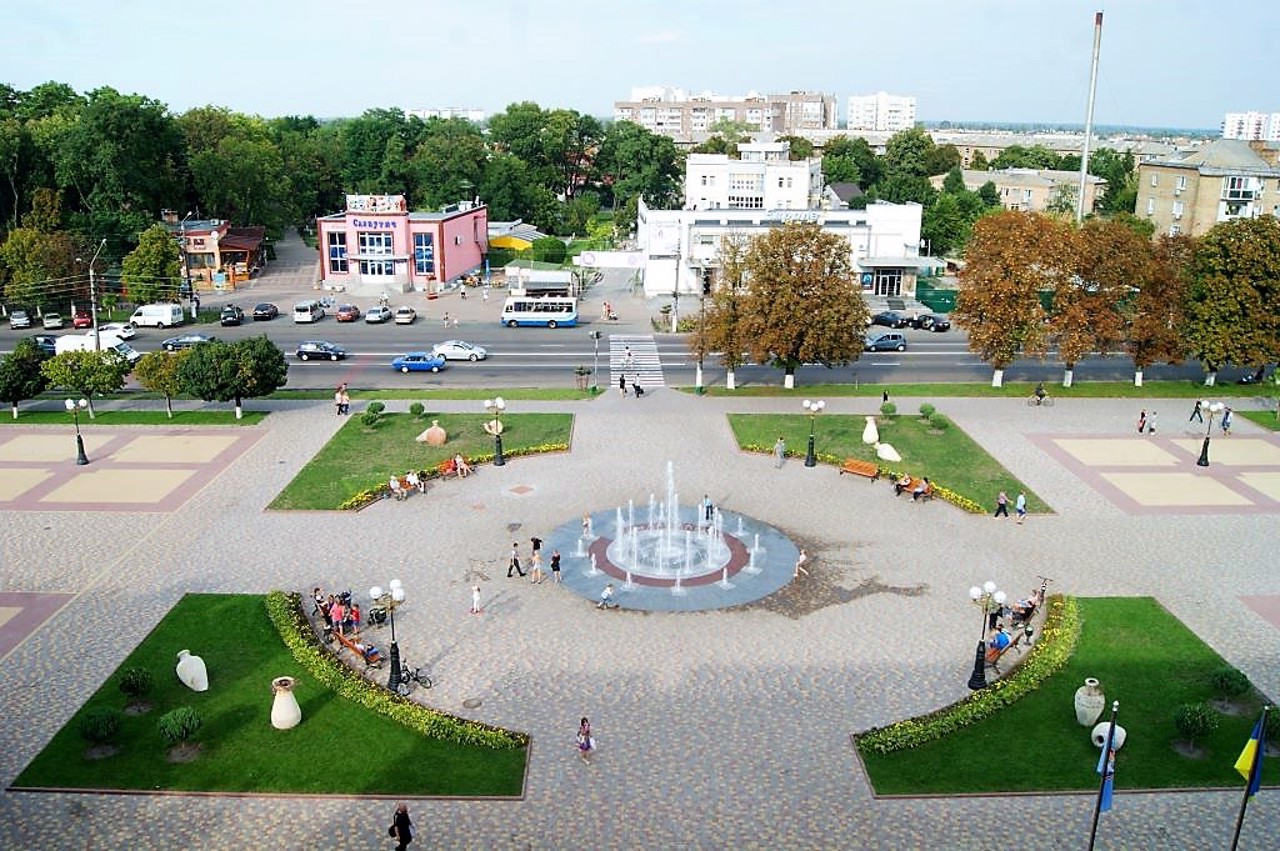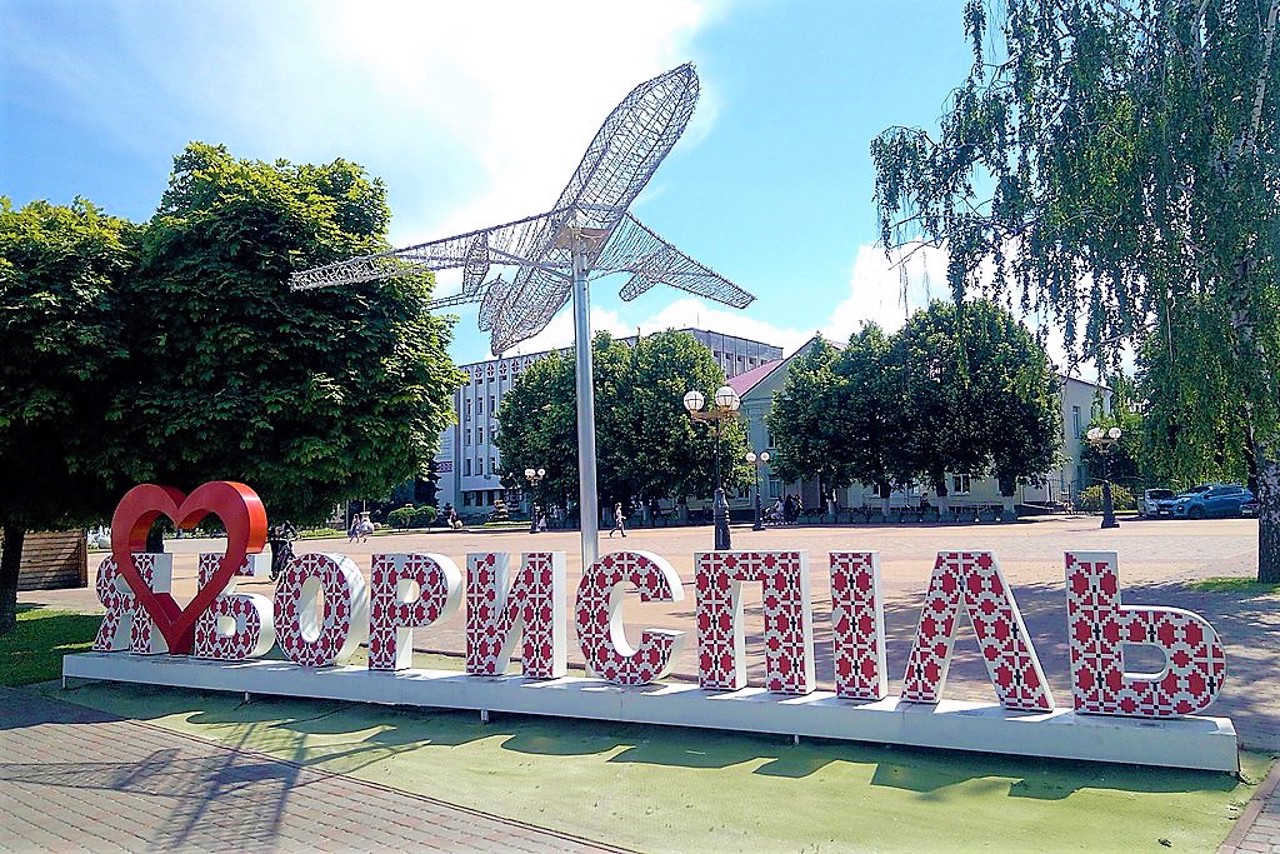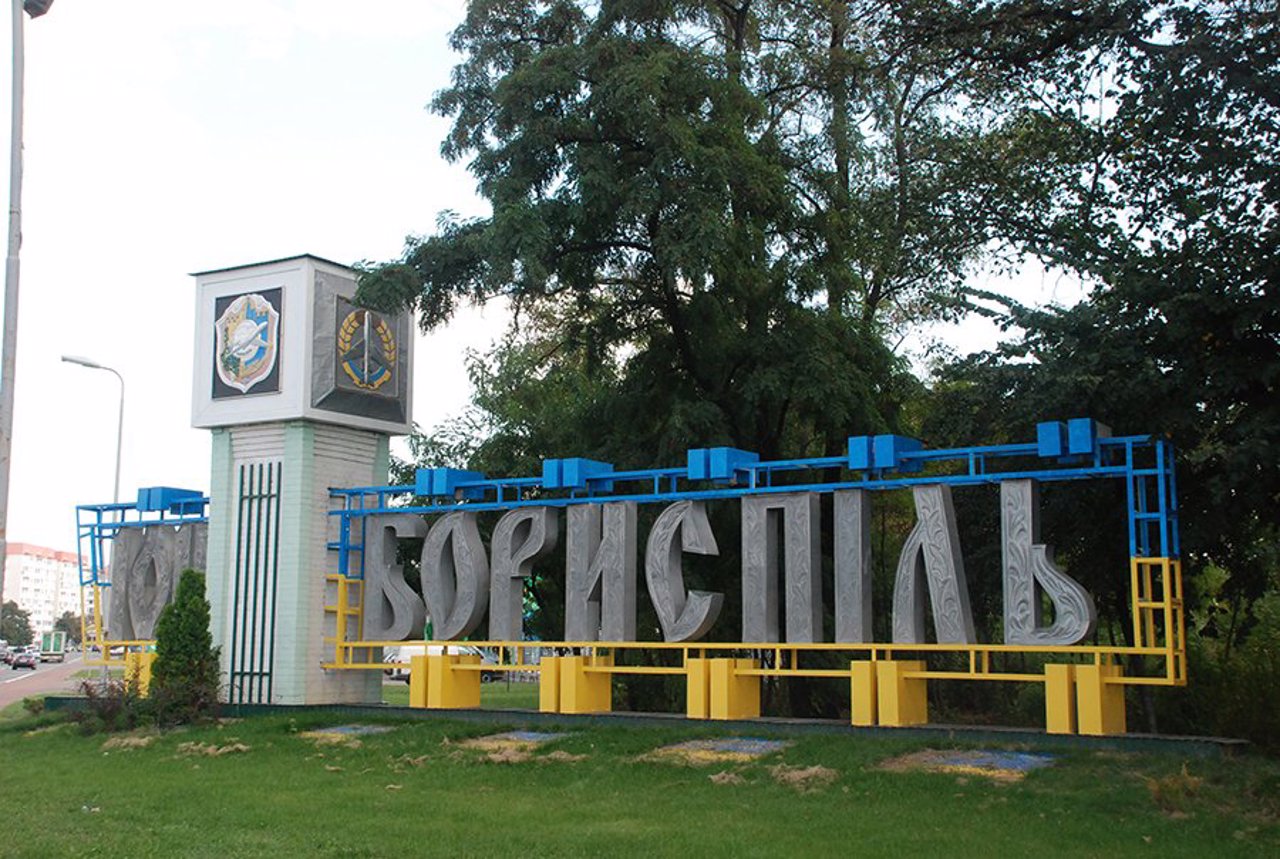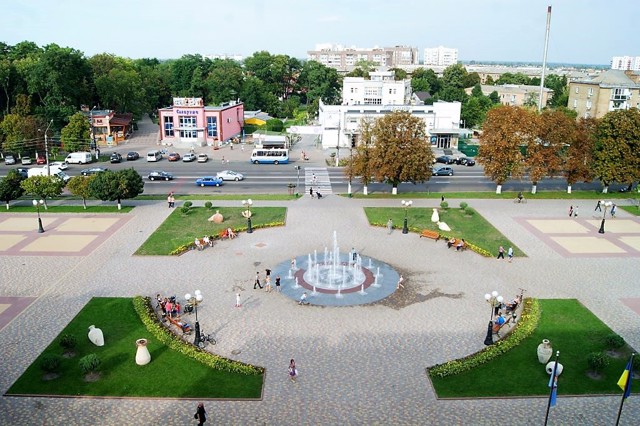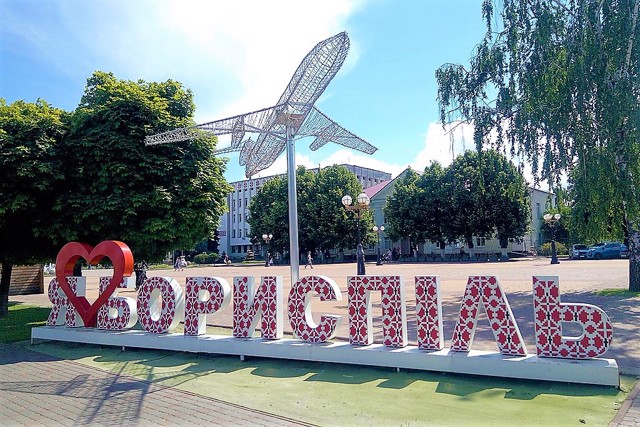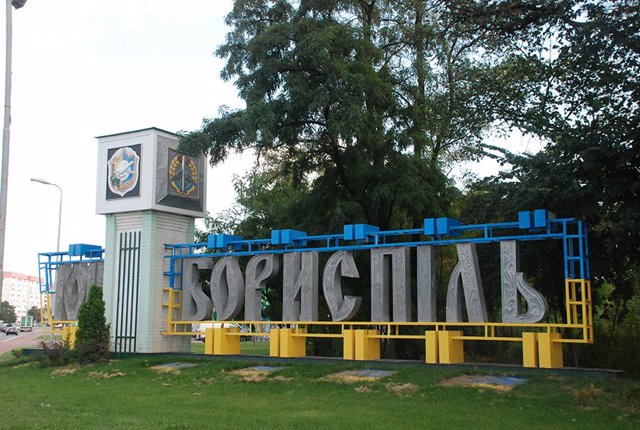Functional temporarily unavailable
General information about Boryspil
The city of Letch has been known since the beginning of the 11th century, when in the fratricidal war between the sons of the Kyiv prince Volodymyr on the river Alte was killed by Prince Borys.
Volodymyr Monomakh 1117 built a stone temple on this site (destroyed by the Tatars, the remains were dismantled in the 16th century).
The name Boryspil appeared in the Lithuanian period.
During the Polish rule, the city received the Magdeburg Law, the population took part in the liberation struggle. Since the 18th century - a large economic center on the Poltava route. In Soviet times, the status of the city as a major transport hub was supplemented by the international airport "Boryspil" and the best highway Kyiv-Boryspil in the country.
There are very few attra ...
The city of Letch has been known since the beginning of the 11th century, when in the fratricidal war between the sons of the Kyiv prince Volodymyr on the river Alte was killed by Prince Borys.
Volodymyr Monomakh 1117 built a stone temple on this site (destroyed by the Tatars, the remains were dismantled in the 16th century).
The name Boryspil appeared in the Lithuanian period.
During the Polish rule, the city received the Magdeburg Law, the population took part in the liberation struggle. Since the 18th century - a large economic center on the Poltava route. In Soviet times, the status of the city as a major transport hub was supplemented by the international airport "Boryspil" and the best highway Kyiv-Boryspil in the country.
There are very few attractions.
Місто Летч відоме з початку XI століття, коли у братовбивчій війні між синами київського князя Володимира на річці Альті загинув князь Борис.
Володимир Мономах у 1117 році побудував на цьому місці кам'яний храм (зруйнований татарами, залишки розібрані в XVI сторіччі).
Назва Бориспіль з'явилася в литовський період.
За часів польського панування місто отримало Магдебурзьке право, населення брало участь у визвольній боротьбі. З XVIII століття - великий економічний центр на Полтавському шляху. У радянські часи статус міста як великого транспортного вузла доповнив міжнародний аеропорт "Бориспіль" та найкраща в країні автомагістраль Київ-Бориспіль.
Пам'яток дуже мало.
Сплануй своє перебування у Boryspil
What to see and where to go in Boryspil
Tourist attractions and museums of Boryspil

Boryspil Historical Museum
Museum / gallery
Boryspil State Historical Museum was founded in 1967 on the initiative of local historian Viktor Yova.
Now the museum's collection includes more than 13 thousand exhibits, all collected in a stylized building on the ancient architecture of the Kyivskyi Shlyakh Street, built specifically for the museum in the 1980s.
The exposition tells, in particular, about famous Boryspil residents: Cossack families of Sulymas and Bezborodkos, poet Ivan Nekrashevych, ethnographer Pavlo Chubynskyi.
The exposition also presents materials of Trypillya culture, a diorama "Construction of the Letky Synagogue", a fragment of a Polovtsian stone woman, a large number of weapons, tools, jewelry and household utensils, the interior of a peasant house.
Separate expositions tell about Boryspil during the period of Tatar captivity and Polish rule, about the economic development of the city, about the historical events of the liberation struggle of 1917-1921, the Second World War, the Holodomor, the post-war revival, the present.
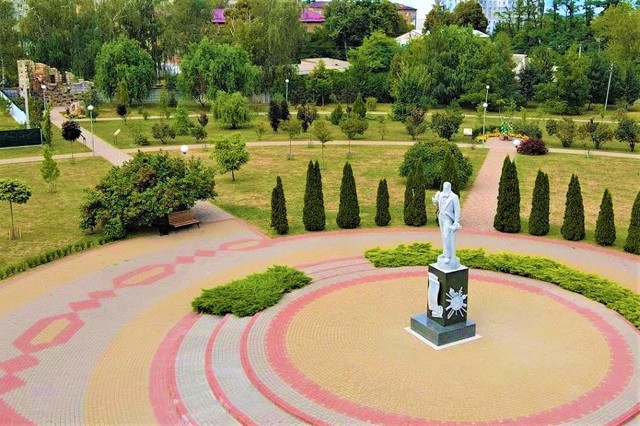
Knyshovy Park
Historic area , Park / garden
The Knyshovy memorial park complex in Boryspil was created in 2007 on the territory of the historical cemetery, where many famous people are buried: ethnographer-folklorist and author of the words of the national anthem of Ukraine Pavlo Chubynsky, Decembrist Vasyl Lukashevych, hero of the Soviet Union Mykhaylo Babkin.
During the Holodomor of 1932-1933, people who died of starvation were buried here. In 1934, the Knyshova Church and Chubynsky's grave were destroyed.
Currently, the territory of the Knyshovy Park has been cleaned and arranged, and the creation of a memorial complex is underway. Saint Nicholas Church was rebuilt.
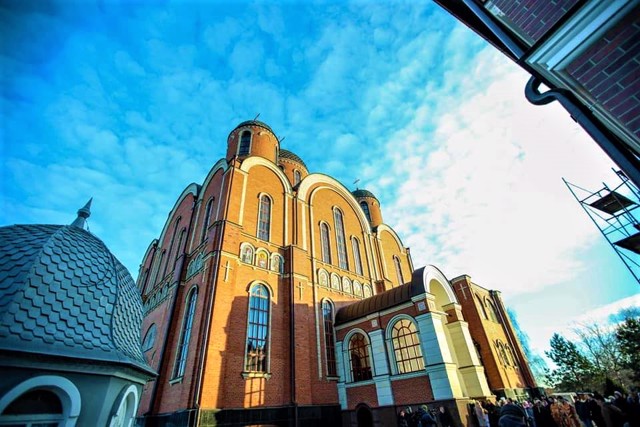
Holy Intercession Cathedral
Temple
The majestic cathedral in honor of the Intercession of the Holy Mother of God was built in Boryspil at the end of the 20th century according to the project of the archbishop of Cherkasy and Kaniv Sophronius.
The cathedral has four thrones: the central throne is consecrated in honor of the Intercession of the Mother of God, the right aisle is in honor of the miracle of Archangel Michael in Khony, the left one is in honor of Saint Nicholas the Wonderworker, and the lower church is consecrated in honor of the holy pious princes of the martyrs Boris and Hlib.
It belongs to the UOC of the Moscow Patriarchate.
Boryspil on photo and video
Reviews Boryspil
Geographical information about Boryspil
| {{itemKey}} | {{itemValue}} |
|---|---|
| Region |
Kyiv |
